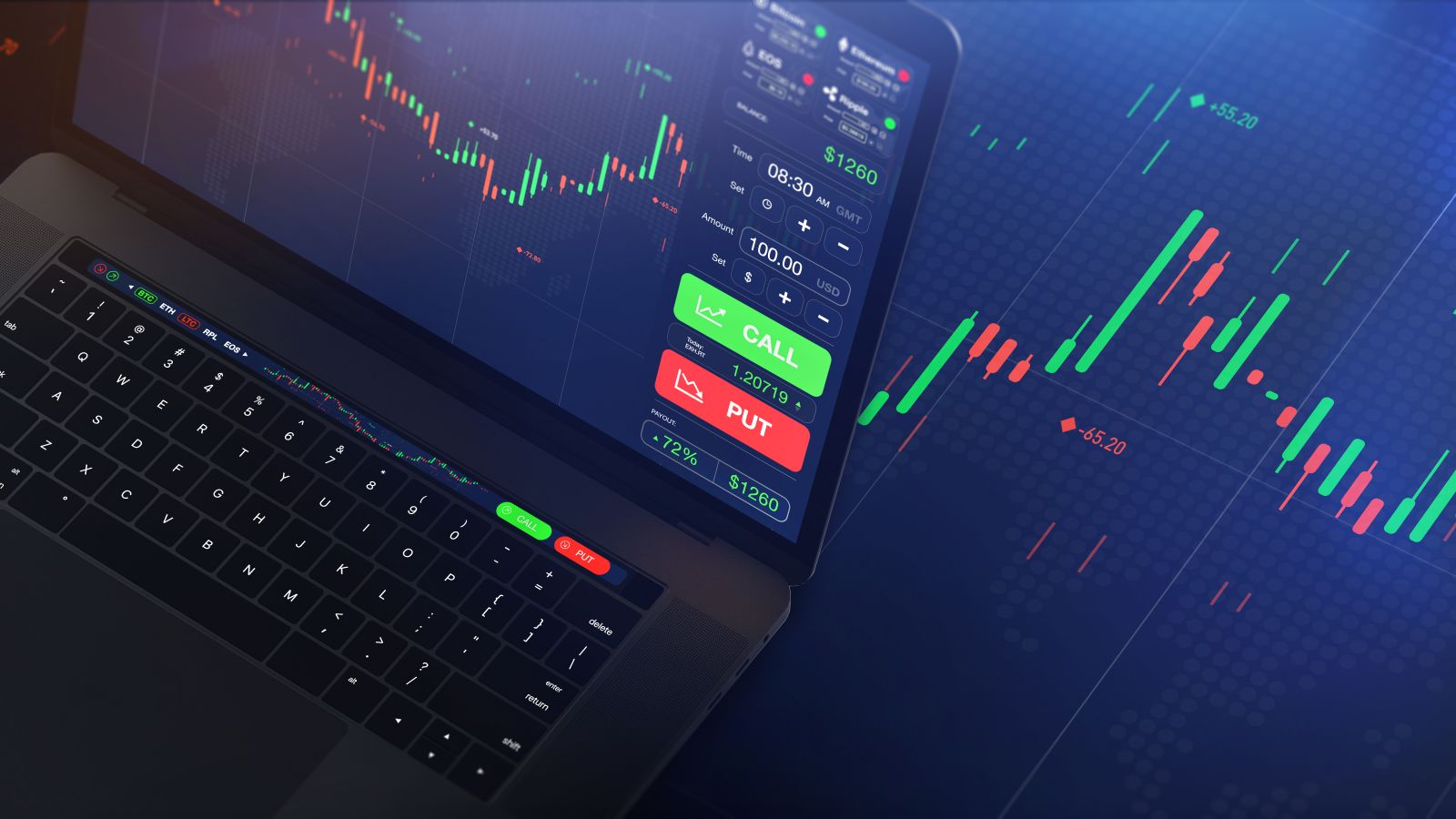
While President Donald Trump may have endeared himself to his conservative base with his no-holds-barred approach to the economy, his administration faces a stern reality check: trade wars have consequences. Not only that, the American people are poised to really feel the pain, potentially offering a cynical catalyst for consumer goods giant Procter & Gamble (PG).
According to a Bloomberg report, the Trump administration has threatened to raise tariffs on Canadian softwood lumber to 27% as soon as April 2. Further, the White House signaled that the levies could rise as high as 50% by an unspecified date. As such, the news outlet noted that the matter could have a massive impact on the availability of northern bleached softwood kraft pulp or NBSK, a key ingredient for making toilet paper and paper towels.
For context, the U.S. imported 2 million tons of NBSK from Canada last year. More significantly, U.S. operations are geared for Canadian pulp, meaning that levies could have a negative effect downstream.
“Some of these mills in the United States, some of the big branded products, not only want softwood pulp from Canada, they want softwood pulp from this particular mill — they’ve been using it for 30 years and they will not change,” said Brian McClay, chairman of Trusted Providers of Global Pulp Market Information, in an interview with Bloomberg.
Unfortunately for American consumers, the U.S. is not self-sufficient when it comes to softwood lumber. If push comes to shove, a supply shortage of toilet paper could materialize, not unlike what happened during the COVID-19 crisis.
Obviously, millions of households have painful memories of those days. To get ahead of the crowd, folks probably won’t think twice about hoarding. Subsequently, PG stock is looking quite appetizing.
Capitalize on the TP Crunch with PG Stock Options
Following the closing bell on Monday, PG stock unsurprisingly represented one of the highlights in Barchart’s screener for unusual stock options volume. With demand for Procter & Gamble’s paper-based products likely to rise, shares gained 1.65% in the open market.
In the derivatives arena, total options volume reached 53,628 contracts against an open interest reading of 267,303 contracts. Monday’s volume stood 94.98% above the trailing one-month average metric. Further, call volume significantly outpaced put volume, 42,660 contracts to 10,968.
To be fair, options flow data — which focuses exclusively on big block transactions likely placed by institutional investors — carried a perfectly neutral stance on Monday. Both bullish and bearish trade sentiment clocked in at $480,100, resulting in a net trade sentiment of zero. Nevertheless, due to the underlying pertinence of core consumer goods like TP, I anticipate sentiment to shift positively.
It’s not really much of a guess at this point. As we move deeper into this ugly trade war, consumers’ appetite for discretionary spending may lessen. There’s a reason why PG stock is up almost 2% on a year-to-date basis while a discretionary specialist like Macy’s (M) is down 26%.
Fundamentally, Procter & Gamble benefits from its indispensable nature. People can live without the latest gizmos and gadgets and they can wait a year or two to take that vacation. Not cleaning after yourself in the restroom? That’s simply not going to fly.
A Double-Barreled Approach to Procter & Gamble
Investors interested in advantaging the possible shortage — outside of hoarding rolls of TP — have some avenues to consider. One idea is to sell a bull put spread. For gamblers who are looking for a quick hit, they could sell the 170/165 put spread expiring this Friday. This transaction involves selling the $170 put (at a time-of-writing bid of $76) and simultaneously buying the $165 put at an ask of $29, receiving a net credit of $47.
Should PG stock stay above the short strike price at expiration, the trader gets to keep the $47. However, if it tanks, the maximum loss is capped at $453.
A more aggressive but arguably more attractive idea is to buy a bull call spread, specifically the 170/175 spread expiring April 17. This transaction involves buying the $170 call and simultaneously selling the $175 call, translating to a net debit paid of $225. Should PG hit or exceed the short strike price at expiration, the maximum reward is $275, or a payout of 122.22%.







